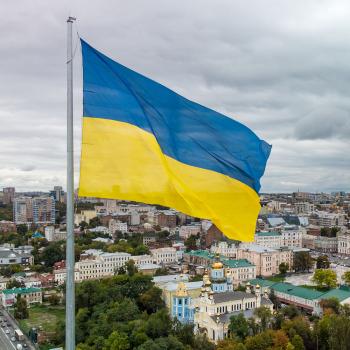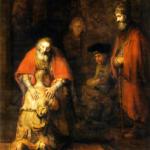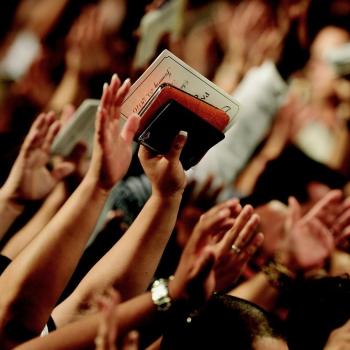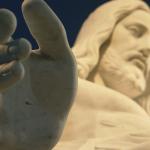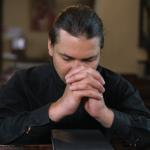
Communion, pt. 8 | Emerging Recognition of the Spirit
For more on Communion in the Early Church from the Archives CLICK
Dom Gregory Dix makes a case that the Syrians (East) may not see the Spirit in a New Testament sense, but in an Old Testament sense, as the presence or power of God. He cites this as evidence for the early origins of The Liturgy of SS. Addai and Mari.[1]
However, Thomas probably pioneers Edessa’s congregation, where The Liturgy of SS. Addai and Mari is forged. How would Thomas forget all of the ways the Holy Spirit makes Himself known in Acts?
the Holy Spirit in Eastern Primitive Church literature
Dale Irvin and Scott Sunquist contend that early Syrian Christian literature contributes greatly to the developing Theology of the Holy Spirit.
“Most churches remembered that Jesus had healed and spoken through the power of the Spirit and that the same charismatic power was to be found in their midst as well. The Syrian churches celebrated this more intensely and with a fuller theological understanding of the incarnational character of the Spirit.”[2]
Early on, the East develops a unique understanding of the Holy Spirit in relation to Christ. Hugh Wybrew reports that the East understands the Spirit.
“The East anticipated the medieval Western doctrine of the real presence by many hundreds of years. This change is brought about by the Holy Spirit . . . the fully-developed theology of the Third Person.”[3]
Irenaeus makes early contributions to Trinitarian theology impacting both East and West.
“Irenaeus argued that Jesus Christ, the Son of God, and the Holy Spirit were eternally with God as Word and Wisdom. Christ and Spirit are the two hands of God’s direct divine activity in creation and human history.”[4]
Irenaeus also states that the vitality, life, and tradition of the church links to the activity of the Holy Ghost.
Irenaeus declares, “For where the Church is, there is the Spirit of God, and where the Spirit of God is, there is the Church and every kind of grace.”[5]
Although Dom Gregory Dix argues counterpoint, he is only one voice among scholars. According to other voices, it is possible that the Eastern churches are fully aware that they are invoking the Third Person of the Trinity, even in the earliest liturgies.
For more on Communion in the Early Church from the Archives CLICK
pic credit: Priscilla Du Preez | A person takes communion at a Christian church service | 11.15.18 | unsplash
notes:
- Dom Gregory Dix, The Shape of the Liturgy, 3rd ed. (London: Bloomsbury T&T Clark, 2015), 183-185.
- Dale T. Irvin and Scott W. Sunquist, History of the World Christian Movement, Volume I: Earliest Christianity to 1453 (Maryknoll, NY: Orbis Books, 2009), 63.
- Hugh Wybrew, The Orthodox Liturgy: The Development of the Eucharistic Liturgy in the Byzantine Rite (1989; repr. London: Society for Promoting Christian Knowledge, 2013), 35.
- Irvin and Sunquist, 121.
- Pope Benedict XVI, The Fathers of the Church: From Clement of Rome to Augustine of Hippo (Grand Rapids, MI: Wm. B. Eerdmans, 2009), 18.




